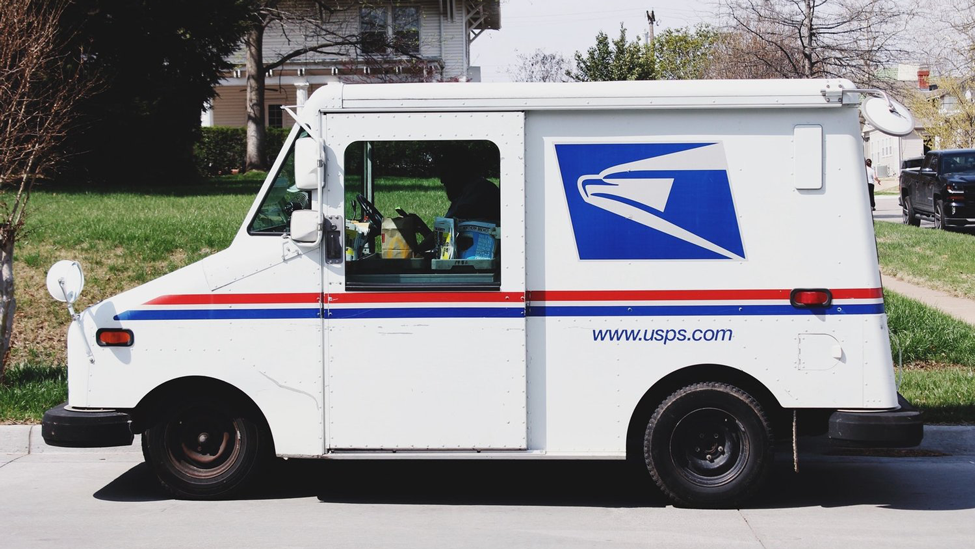
USPS: we continue to face systemic imbalances that make our current operating model unsustainable

The U.S. Postal Service has reported its financial results for the first quarter of its fiscal year 2021 (Oct. 1, 2020 – Dec. 31, 2020), with a net income of $318 million. Excluding non-cash workers’ compensation adjustments and a time-limited peak surcharge, the loss for the quarter would have been approximately $650 million.
USPS says: “More than 1.1 billion packages were delivered during the holiday season amidst a global pandemic. Throughout the peak season, the Postal Service, along with the broader shipping sector, faced pressure on service performance across categories as it managed through a record of volume while also overcoming employee shortages due to the ongoing surge in COVID-19 cases, as well as ongoing capacity challenges with airlift and trucking for moving historic volumes of mail. The Postal Service uniquely accepted all incoming packages, further straining its system. To recover and stabilize operations, the Postmaster General and the Executive Leadership Team took steps to help address the issues. While some delays remain, service levels have substantially improved and remain a top priority.”
“Our strong growth in package volume during the holiday quarter shows how dramatically our business and revenue mix is shifting,” said Postmaster General and CEO Louis DeJoy. “While our positive financial results this quarter are certainly welcome, we continue to face systemic imbalances that make our current operating model unsustainable, and the economic impacts of the COVID-19 pandemic will continue to challenge the organization. It is essential that the Postal Service adopts comprehensive reforms so that we are able to meet the changing needs of our business and residential customers, and ensure our ability to provide reliable, universal mail and package delivery for all Americans.”
As a result of the pandemic, and to a lesser extent, secular mail declines, the Postal Service’s sales from mail services, its largest sales category, continued to decline during the first quarter, despite record Political and Election Mail volumes associated with the general election. Compared to the same quarter last year, Marketing Mail revenue declined by $246 million, or 5.6 percent, on a volume decline of 788 million pieces, or 3.9 percent. First-Class Mail revenue decreased by $177 million, or 2.7 percent, on a volume decline of 594 million pieces, or 4.1 percent, compared to the same quarter last year.
Meanwhile, the Postal Service’s sales from Shipping and Packages increased by approximately $2.8 billion, or 42.1 percent, on a volume increase of 435 million pieces, or 25.0 percent, compared to the same quarter last year, as a result of the record holiday Shipping and Package volumes impacted by the surge in e-commerce associated with the COVID-19 pandemic. The Postal Service believes that consumer behavior has evolved during the pandemic as the nation has increasingly relied on the safety and convenience of e-commerce. However, the Postal Service still expects this surge to partially abate as the economy opens.
The Postal Service has and will continue to serve its customers during this crisis through the delivery of medicine, essential consumer staples, benefits checks, and important information, but does not expect its package revenue growth over the medium to long term to make up for its losses in mail service revenue caused by COVID-19.
The Postal Service reported total revenue of $21.5 billion for the first quarter of fiscal 2021, an increase of $2.1 billion, or 11.1 percent, compared to the same quarter last year.
While the record Shipping and Packages volume led to overall higher revenue results for the quarter, it also drives increases in work hours and operating expenses. Also adding to expenses is the continued expansion of the number of homes and businesses that the Postal Service must deliver to six and seven days each week – more than 1 million new delivery points added each year.
Compensation and benefits expense increased by $771 million, or 6.2 percent, compared to the same quarter last year, primarily resulting from higher work hours associated with the record holiday package growth and an increase in paid leave associated with the COVID-19 pandemic, including leave authorized by the Families First Coronavirus Response Act, enacted as Public Law 116-127 (FFCRA). The FFCRA provided the means for companies and other government entities to receive federal reimbursement for payment of this FFCRA leave, however, the Postal Service is not eligible for such reimbursement. The Postal Service is also impacted by certain general inefficiencies in the workplace as a result of the pandemic, including increased hours managing Personal Protective Equipment (PPE), sanitizing work areas and social distancing in postal facilities.
In addition to increased labor costs to support the volume increase, transportation expenses increased by $204 million, or 8.5 percent, compared to the same quarter last year, primarily due to the impact of higher volumes on air and highway transportation. However, transportation expenses were also higher due to travel and logistics restrictions associated with the COVID-19 pandemic that continued to impact the modes of transportation available, though the impact was less significant than experienced at the onset of the pandemic.
Operating expenses were also impacted by an increase in retirement benefits expenses of $176 million, or 10.9 percent, compared to the same quarter last year, driven by revised actuarial assumptions outside of management’s control. Additionally, the Postal Service continues to incur increased costs for PPE associated with the COVID-19 pandemic.
Total operating expenses were $21.1 billion for the quarter, an increase of $1.1 billion, or 5.3 percent, compared to the same quarter last year.
“While the record package volume we saw during the holiday season was encouraging, we are still operating in unprecedented times as we navigate the impacts of the COVID-19 pandemic, and the results from the past quarter may not be sustainable,” said Chief Financial Officer Joseph Corbett. “Our mail volumes continue to decline due to the pandemic, despite a record 2.7 billion Political and Election Mail pieces associated with the general election. Our regulator’s announcement granting additional pricing flexibility and authority could provide some respite, however, we continue to face imbalances in our business model that must be fixed through legislative change.











